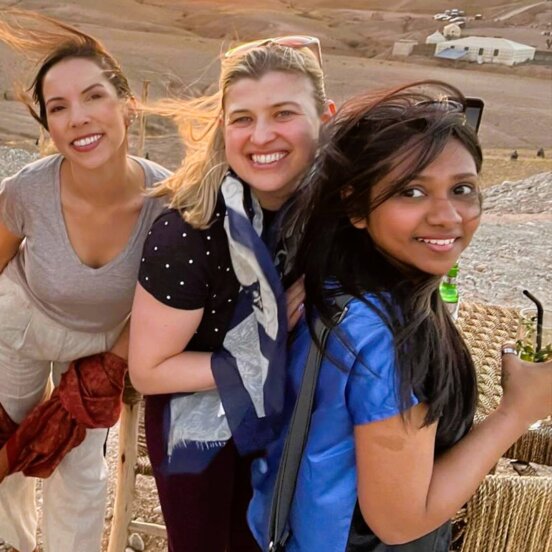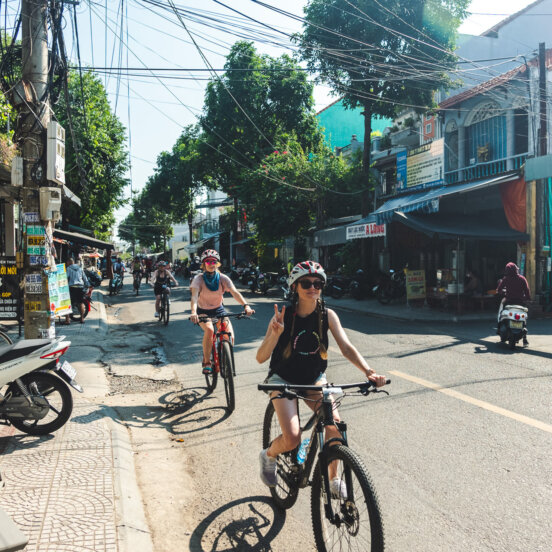Maintaining long-distance friendships: lessons from solo travel
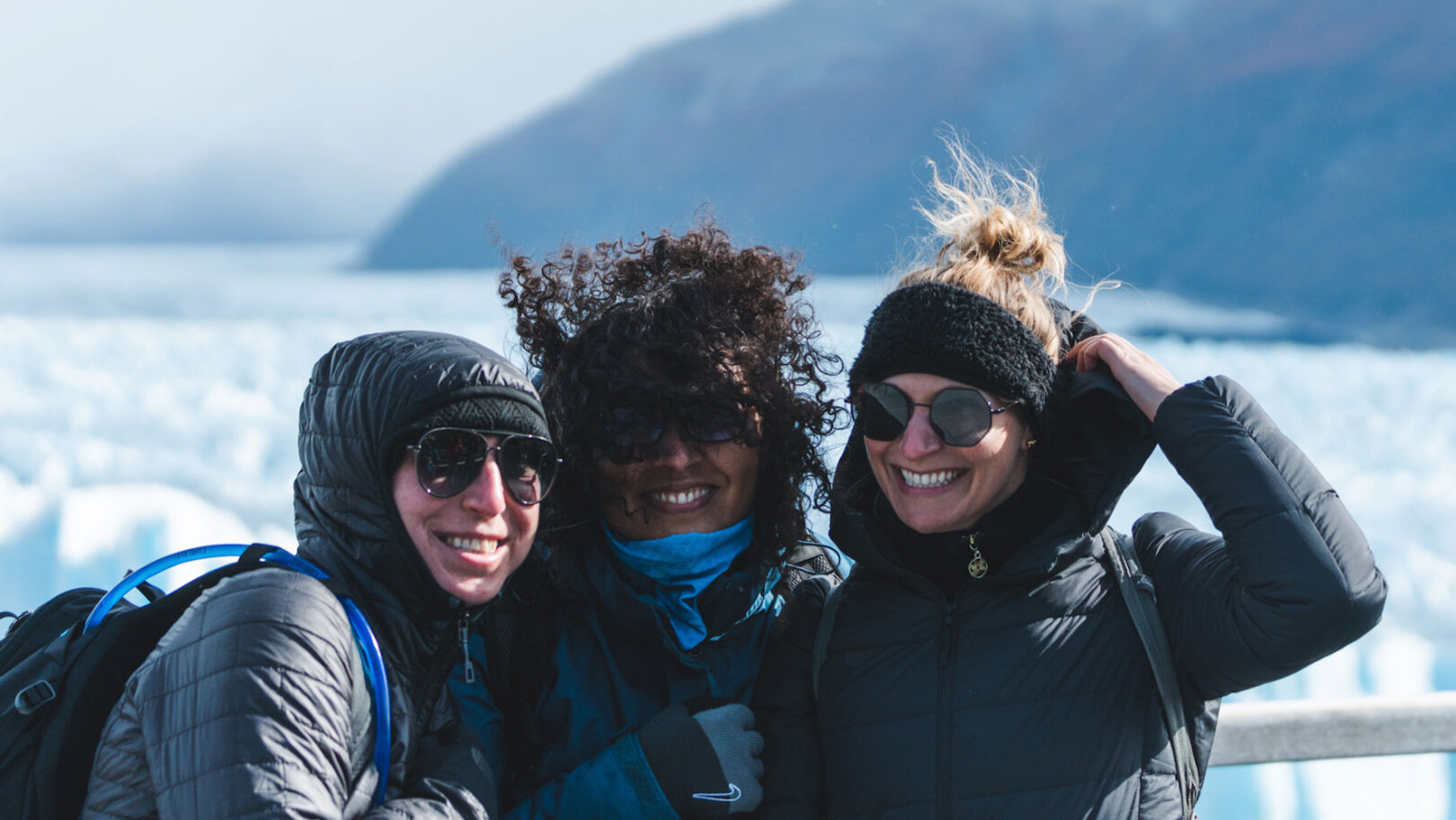
Long-distance friendships require a mutual commitment from both sides with solid communication and a good understanding of each other. But how do you make them last? You don’t need to be in contact every day but when you do speak, be it via text, phone or email, it should feel like no time has passed, and the friendship easily picks up where it left off.
These friendships don’t have to have been formed from years of knowing each other, either. They can be born out of once-in-a-lifetime shared experiences and adventures, whether that’s discovering Rome in a vintage Vespa sidecar, hiking the Perito Merino Glacier in Argentinian Patagonia or snorkeling the Great Barrier Reef with a master reef guide.
Amrita Langbour made six lifelong friendships on her Flash Pack trip to Colombia. She says “I met “the cartel”, as we call ourselves on WhatsApp, before the trip even officially began. Since then, our little band of travelers has stuck to the same easy system. Anytime one of us spots a new destination or experience we’d like to try, we drop it into our WhatsApp group. At least three or four of us end up doing a trip together.”
This guide explores long-distance friendships, if and how they work – and the key to making them last.
Do long-distance friendships work?
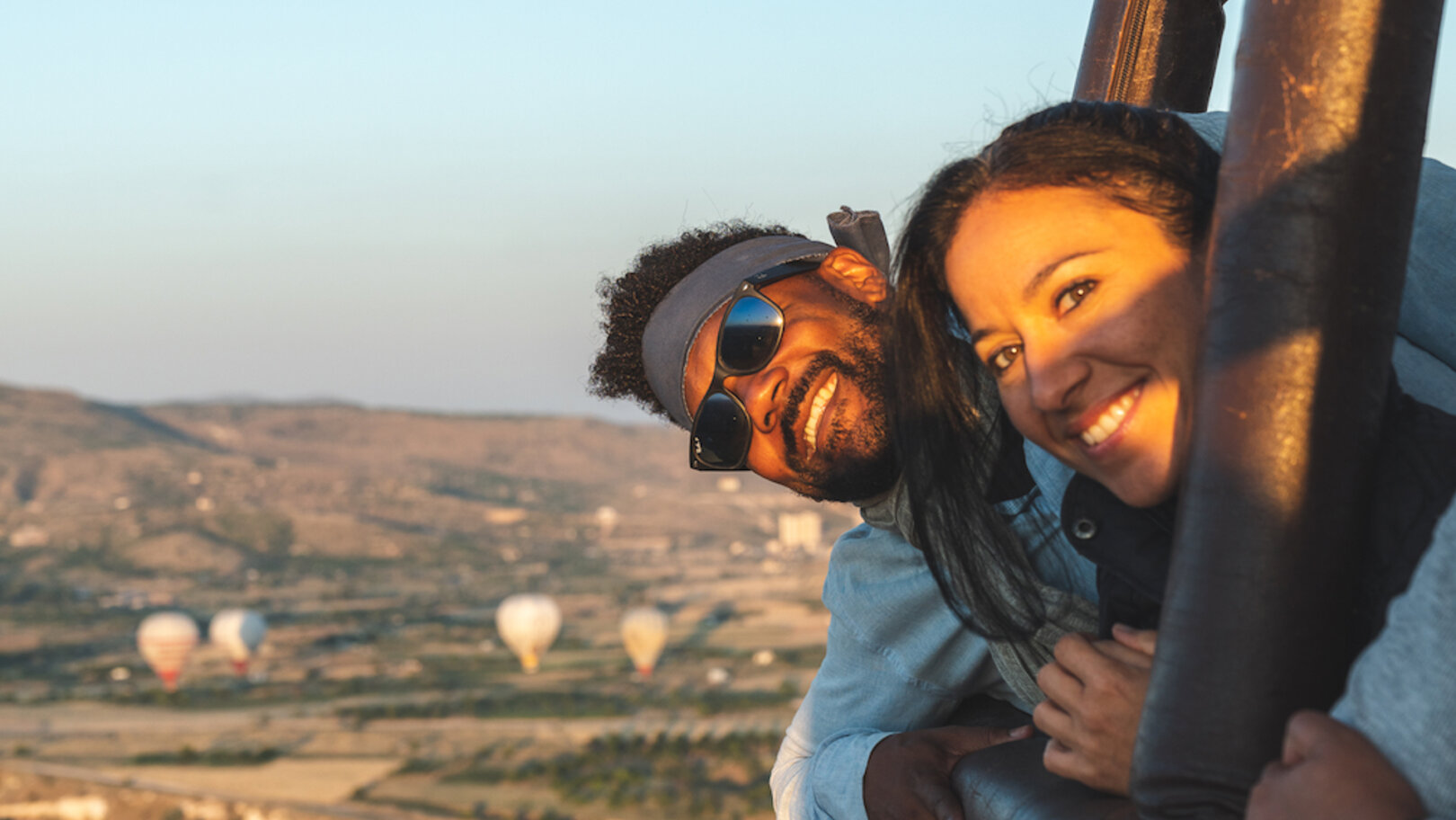
As our lives evolve in our 30s and 40s, so do our friendships. Circumstantial traveling outside of our friendship groups often means forming new but long-distance friendships. Yet evidence shows that with communication and effort, they can be maintained.
Long-distance friendships are generally formed in one of two ways; from one friend moving away or a new friendship being made through a shared experience. The key to making them work is the desire to not lose touch. Having found commonalities and a friendship spark between you, you know you want to continue communicating and stay in each others’ lives.
Kate Volzer traveled with Flash Pack to Argentina and Bali, making long-distance friendships on both adventures. “My career gap adventures have also taught me about the power of meeting new people and making friends from around the world. I feel extremely fortunate to have generated so many new friends from my trips, people I can travel with and whom I’d happily host back home. It’s nice to realize you can build new friendships in such a short space of time,” she says.
For Nolina Bergman, the highlight of her trip to Morocco was the group dynamic. She says, “It felt like our pack was special. We all just hit it off immediately. It helped that we were all professionals at a similar age and phase of life. We could have great conversations and we were all interested in exploring the culture and magic of the places we visited, rather than partying. I still talk to everyone two or three times a week, and we’re planning another trip together.”
Staying in touch with long-distance friends
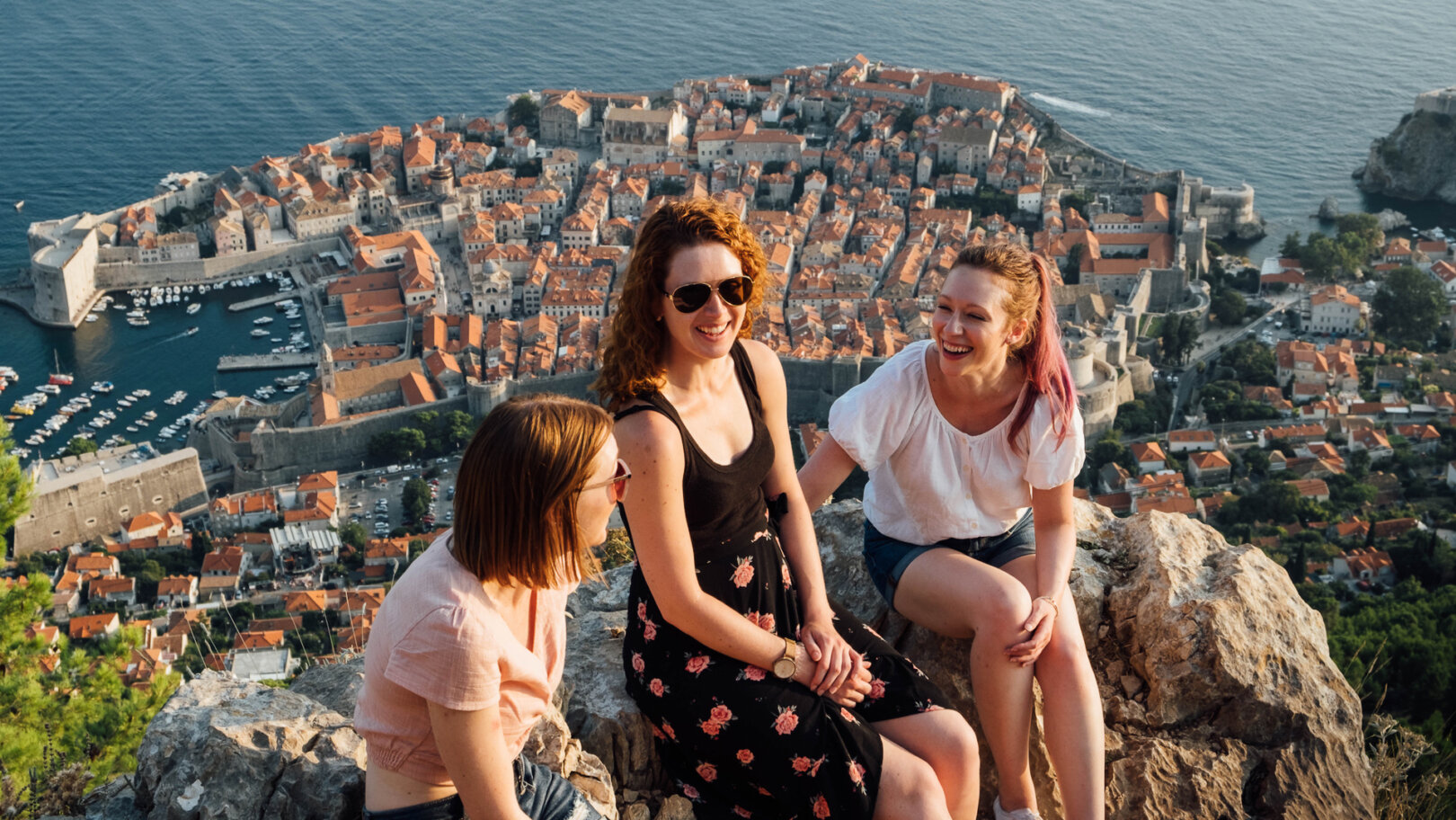
Making long-distance friendships work relies on a shared desire to keep in touch. Whether that’s by the occasional video call, daily text messages or meeting once a year for a trip together, the communication frequency must be done on an agreed understanding. If one person ends up putting in all the effort or the other thinks it’s not enough, the friendship can waiver.
Professor Robin Dunbar, an evolutionary psychologist from the University of Oxford, says “Friendships require constant reinforcement to prevent them decaying. The quality of friendship depends on homophily [sharing lots of interests], as well as a high match on the ‘seven pillars of friendship’: same dialect, growing up in the same location, same career trajectory, hobbies/interests, worldview, musical tastes and sense of humour. The more of these you share in common, the stronger the friendship will be and the longer it will last.”
Here are some common grounds on which to give long-distance friendships the best chance at survival.
Schedule catch ups
You’ve already established you want to stay in touch, but now it’s about making it actually happen. Whether it’s an old friendship with a new circumstance or a completely new friendship that has formed from a shared experience, like travel, it can be easy for things to slide if you don’t put in the groundwork.
Social media is an excellent starting platform for keeping up to date with what each other is doing so, first things first, share handles. What’s App is the best cost-free tool for communicating globally, meaning you can send as many messages or leave endless voice at no cost. And, video calling is a precious way to have those all important face-to faces, despite being apart.
But, fundamentally, there needs to be a good understanding on both sides of how your long-distance friendship will work. So long as you are both happy with the type and frequency of contact, you can’t really go wrong. But make sure you communicate this from the off.
Find a shared interest
Just because you live in two different countries or on opposite sides of the globe, it doesn’t mean you can’t still indulge in shared interests. You can both watch a television series or read a book and discuss your thoughts. You could take a cookery class in your home cities and digitally share your creations later, or take up a shared hobby, like painting, at home and FaceTime as you do it. You could send links to articles or things you know your friend likes, too.
Laura Adams traveled with Flash Pack to Brazil and made some lifelong friends. She says, “By some fluke, my Flash Pack roommate Amanda had booked seats right next to me at the back of the plane. When she fired up her tablet mid-flight, I realized she was drawn to the same TV as me. I wish I could say it was high-brow but it was things like Jack Whitehall: Travels with My Father. I remember thinking we liked the same stuff and could actually be friends.”
The crux of a long-distance friendship is to make it work together, but apart. So all the elements you’d put into sharing interests with friends at home, you can find new and creative ways to do so with friends who live further away. It’s about thinking outside of the box and giving the friendship chance to grow in fresh and fun ways.
Meet up
By far the best way to keep long-distance friendships alive is to actually meet in person. While distances and costs can prevent this from happening frequently, planning a trip together or a meet halfway between your hometowns is a great way to indulge in the passions on which the friendship was formed in the first place.
If you’re saving your annual leave for a big trip, mini-adventures are a great inbetween. Find a city you can both easily reach and enjoy the break together. Make sure you tick off things you both like to do and pick places to go that inspire wanderlust for each of you. It’s also a great way to keep in touch, planning and getting excited for the adventure ahead.
When Melissa Capocci travelled to Australia with Flash Pack, she couldn’t have foreseen that she’d come away from the trip with a new best friend for life. She says, “I now have the greatest travel partner any girl could ever ask for – my now best friend, Dina. We hit it off immediately. We were instantly friends and have been inseparable ever since. She lives in California and I’m based in Georgia (around a four-hour flight away), so we travel back and forth to see each other. We have also traveled across Europe together and did a road trip across the US.”
How to maintain long-distance friendships
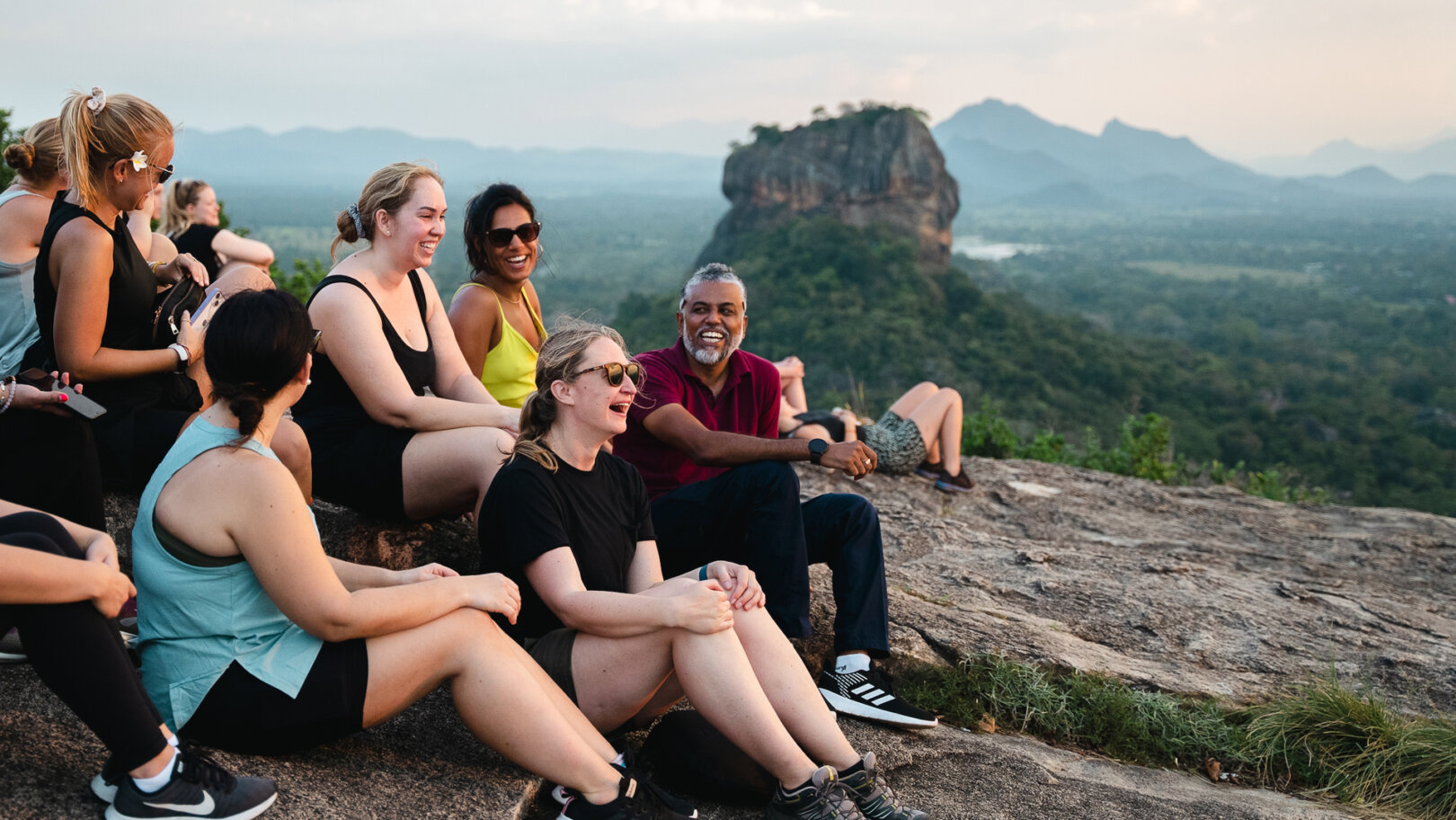
Maintaining long-distance friendships is about more than just casually keeping in touch. They require understanding of each other’s needs, a desire to learn about one another and shared goals and interests. Science has proven that with the right ingredients, long-distance friendships can be some of the most valuable relationships you’ll have. And the shared desire to continue them despite distance and everyday challenges makes them even more meaningful. Here’s how to make long-distance work…
Stay in touch
Key to any long-distance friendship is keeping in touch. But there are a multitude of ways to do so. Using the normal channels of communication, like your phone, social media and video calling, are all great ways to remember why you formed the friendship in the first place.
But you can also find other ingenious ways to communicate and show your appreciation for each other. Sending a postcard is a cheap and cheerful way to surprise someone and remind them they are a great friend. You can buy them a coffee by topping up their loyalty card with enough for their morning treat, something you might do if you lived nearer each other anyway. Or you share a brilliant article or podcast for them to engage with on their way to work.
Use distance to your advantage
While it’s easy to think of distance as a hurdle, it’s actually a great way to fuel a shared love of travel. You may not have ever been to each other’s home towns, but knowing someone in a place is a great way to experience somewhere new and really get to the core of it.
Or you might have found a new best friend to share incredible adventures with, like spotting tigers in India’s Rathborne National Park, dining in a Slovenain castle or witnessing giant tortoises in the Galapagos.
Learn about each other on a deeper level
Long-distance relationships can survive on the odd message here and there but, in our experience, really getting to know someone adds greater longevity. Knowing each others likes and dislikes, things that are going on in your lives and being able to share vulnerabilities helps the communication evolve. You’ll know to check in on the other if one of you goes quiet or you’ll be aware of life events that may be impacting communication, leaving no room for miscommunication.
Remembering important dates is also a lovely touch in long-distance friendships. Birthdays, difficult days or even the anniversary of your new found friendship can all be shared with a message or card and offer celebratory cheer on compassion from afar.

Continue to plan adventures
Your friendship was likely formed by a shared interest, whether that be traveling or over social media, so don’t let the distance prevent it from continuing. Finding creative ways to share things is not only fun but also hugely rewarding, meaning you don’t have to miss out on anything being apart.
If travel was your starting point, long may it continue. Planning trips together can be fun and also give you something exciting to look forward to. Knowing you’ll next see each other when you land in a new place is exhilarating and adds further to the joy of the adventure. Don’t let distance hold you back, especially now you have a travel buddy to see places with.
Be spontaneous
Long-distance friendships don’t always have to be planned and structured. In fact, we think they are better peppered with some wild spontaneity. Do some covert digging to find out if your friend will be home and then surprise them with a visit. Or send them an invitation to a trip you’d love to plan on a whim and see where it takes you both.
As planning anything can be easily hampered by busy schedules, why not call on the off chance they are free for a chat. It’s a much more organic way of having a conversation and leaves the other person feeling happy you were thinking about them without a firm plan in the diary.
Don’t be scared of silence
One of the worst things you can do in a long-distance friendship is feel the need to constantly be in contact for fear of the relationship falling by the wayside. It’s not about quantity but rather quality.
And, as you leave space for each other to live your everyday lives, you’ll soon discover what the right amount of contact is for you both. But good friendships don’t require you to be chatting every day. Those that will last, regardless of time, can always be picked back up where they left off.
Kickstart lasting friendships on your next adventure
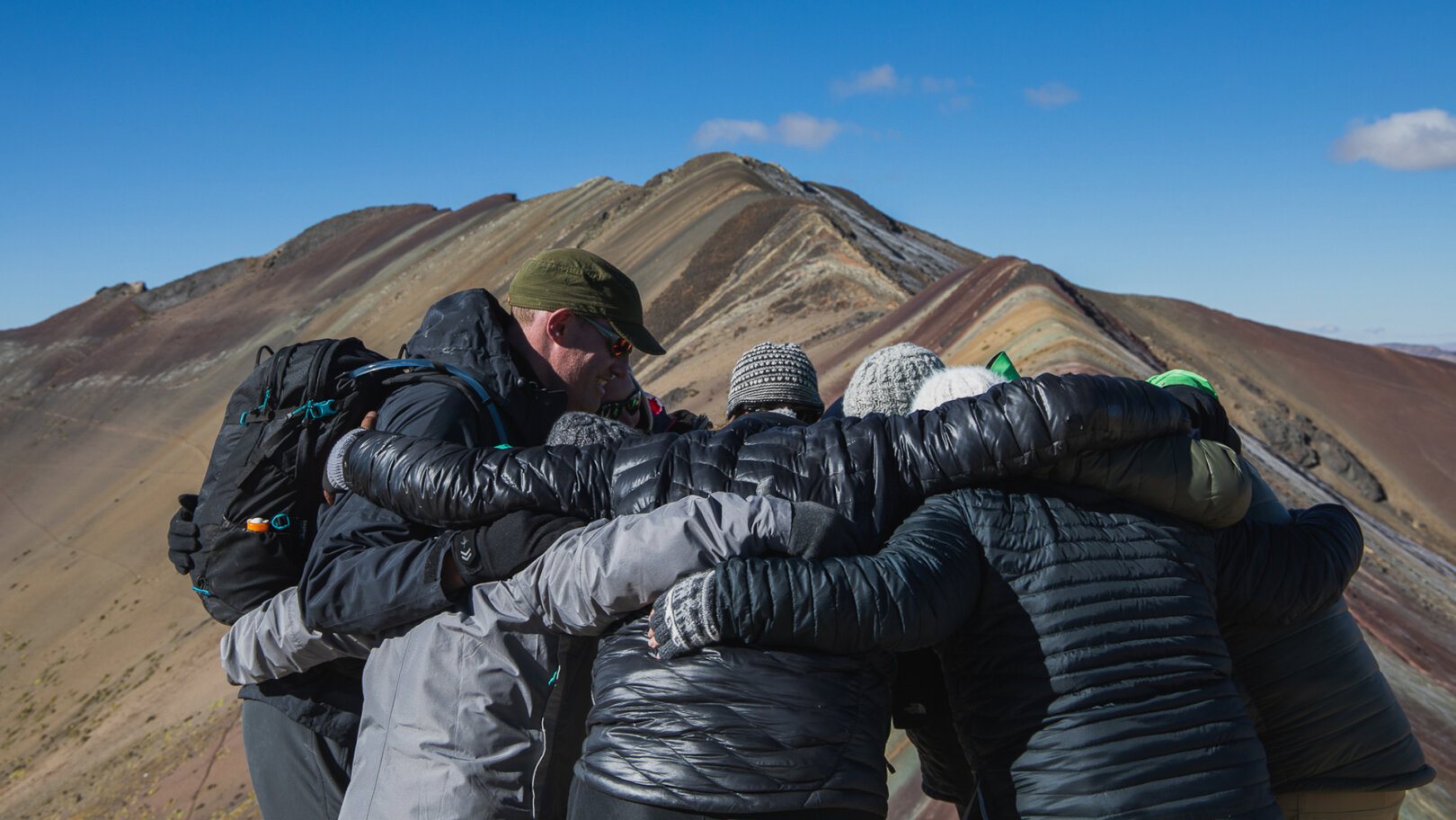
In essence, long-distance friendships are meaningful, powerful and driven by a shared sense of life and adventure. They aren’t relationships to avoid, rather they are the ones to really nurture and watch blossom.
Flashpacker Karen Crowe found solo group travel to be a turning point and now has friendships all over the world following a trip to Argentina. She says, “Having had my first taste of group travel and meeting such brilliant people, I feel like I am much braver in life and willing to make bolder decisions going forward. I now have friends all over the world. We’re already planning our next adventures together. It has definitely ignited my passion for travel.”
So, now you are armed with all the tools to maintain long-distance friendships, it’s time to go and make them. With Flash Pack, whatever trip you have in mind, you’ll meet a like-minded group of travelers, all in their 30s and 40s. And you’ll all have the opportunity to encounter local, epic and memorable experiences, together. So, very soon you could be rafting your way to a remote Costa Rican eco-lodge or bonding over seeing the Great Migration in the Serengeti. Whatever adventure you choose, you’ll likely come away with more than just incredible memories.
Join our mission to form one million friendships through group adventure and book a Flash Pack adventure with other like-minded travelers in their 30s and 40s.
Got a story or adventure that could inspire a solo traveler like you? Tag @flashpack on social or email [email protected] to be featured.
Images: Flash Pack





